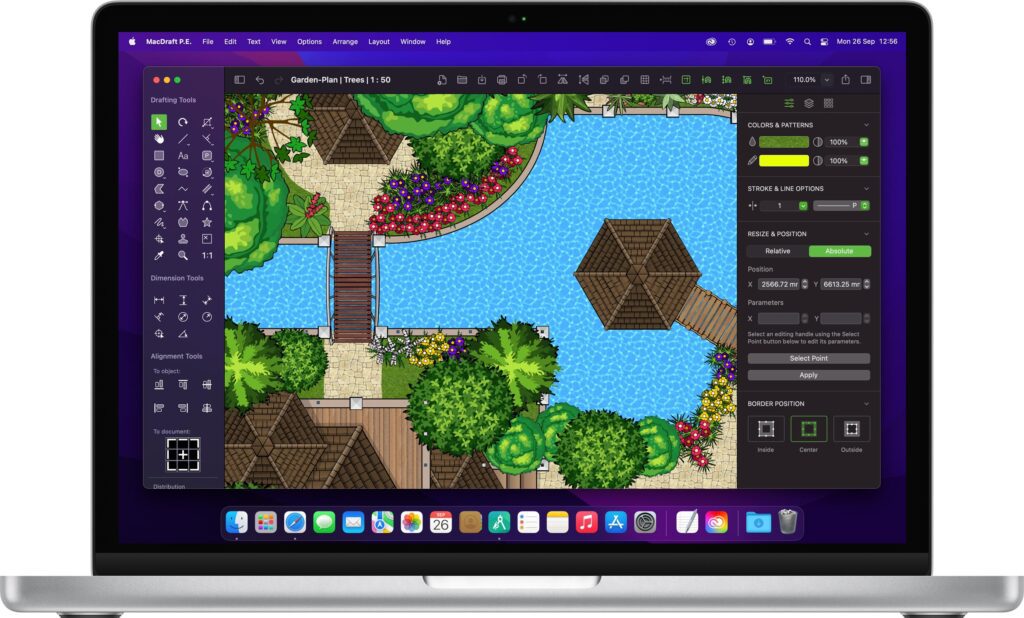GameMaker is a game development engine that simplifies game development by providing a drag-and-drop interface and a scripting language called GML. It allows developers to create games for various platforms, including desktop, mobile, and web. The engine comes loaded with features, such as cross-platform compatibility, physics engine, and room editor. Getting started with GameMaker is easy, and developers can choose from various project templates to start creating their game. GameMaker is an excellent game development engine suitable for both experienced developers and beginners who want to create games for different platforms.
GameMaker: A flexible and easy-to-use game development engine
Game development has taken the world by storm, with millions of individuals and companies creating their own video games. In the past, developing games required specialized coding knowledge and expensive development tools. But with the advent of game engines like GameMaker, creating games has become easier and more accessible. In this article, we’ll discuss GameMaker in-depth, including how it works, its features, and how to get started with it.
What is GameMaker?
GameMaker is a game engine that allows developers to create games without the need for complex coding. GameMaker uses a drag-and-drop interface and a scripting language called GML (GameMaker Language) that simplifies the process of game development. The engine can be used to develop games for a range of platforms, including desktop, mobile, and web platforms.
How does GameMaker work?
GameMaker simplifies the process of game development by providing a drag-and-drop interface. Game objects, backgrounds, and other resources can be imported directly into the engine, and then the developer can easily add scripts to control the game logic. This approach allows developers to focus on the game design rather than the technical aspects of the development process.
Features of GameMaker
GameMaker comes loaded with features to help developers create amazing games. Here are a few of the most important ones:
Cross-platform compatibility
GameMaker makes it easy to create games for a range of platforms, including desktop, mobile, and web platforms. Developers can create a game once and then export it to a wide range of platforms.
Drag-and-drop interface
GameMaker’s drag-and-drop interface allows developers to easily add game objects, backgrounds, and other resources to their games. This approach simplifies the development process and allows developers to focus on the game design.
GML scripting language
GameMaker includes its own scripting language called GML (GameMaker Language). GML simplifies the process of game development by providing a simple and easy-to-use syntax. With GML, developers can easily add logic to their games without the need for complex coding.
Physics engine
GameMaker comes with a built-in physics engine that can be used to add realistic physics to games. This feature makes it easy to create games that involve physics-based puzzles, platforming, or other physics-based gameplay.
Room editor
GameMaker’s room editor allows developers to create complex game levels with ease. The editor includes a range of tools for creating backgrounds, adding objects to the game, and adding scripts to control the game logic.
Getting started with GameMaker
Getting started with GameMaker is easy. Developers can download the engine from the official website and start creating their first game within minutes. There are several tutorials and resources available online to help developers learn the ins and outs of the engine.
Step 1: Download and install GameMaker
The first step is to download and install GameMaker from the official website. The engine is available for Windows and macOS platforms. Once downloaded, run the installer and follow the on-screen instructions to install the engine.
Step 2: Start the engine and create a new project
Once installed, start GameMaker and create a new project. The engine provides several project templates to choose from, including platformers, shooters, and RPGs. Choose a template that matches the type of game you want to create.
Step 3: Add game objects and backgrounds
With the project created, start adding game objects and backgrounds to the game. GameMaker allows developers to import images, sounds, and other resources directly into the engine. Once imported, these resources can be easily added to the game using the drag-and-drop interface.
Step 4: Add scripts to control the game logic
With game objects and backgrounds added, it’s time to start adding scripts to control the game logic. GameMaker’s scripting language, GML, makes it easy to add logic to the game. There are several tutorials and resources available online to help developers learn the basics of GML.
Step 5: Test your game
Once you’ve created your game, it’s time to test it. GameMaker comes with a built-in debugger that makes it easy to test and troubleshoot games. Test the game thoroughly to ensure that it’s running smoothly and all the logic is working as intended.
Conclusion
GameMaker is an excellent game development engine that simplifies the process of game development. With its drag-and-drop interface and GML scripting language, developers can quickly create games for a range of platforms. Whether you’re an experienced developer or a beginner, GameMaker is a great option to consider for your next game development project.
